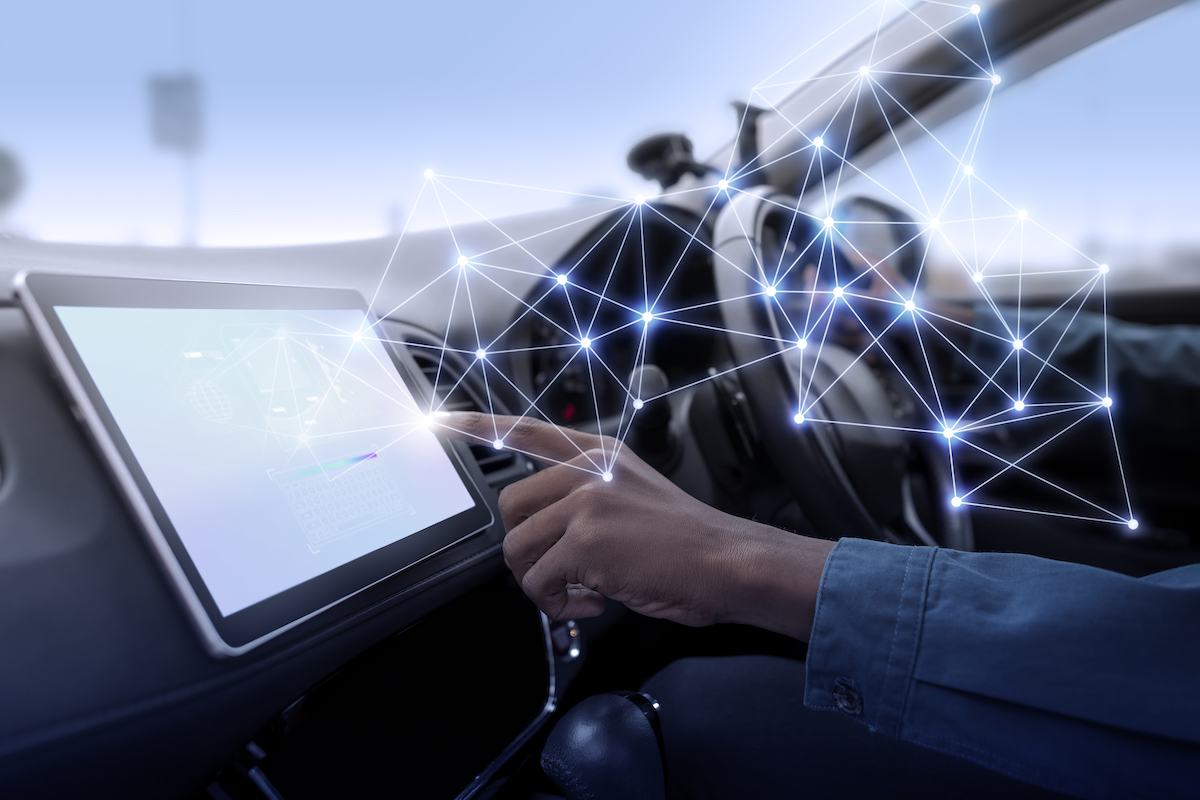Four Key Technological Considerations for Successful Deployment of Connected Car Services
Data powers connected car services. From helping engineers understand how vehicles perform, to enabling predictive maintenance, to providing customers with information like road and traffic conditions, data is at the core. As such, it must be available in the right place and at the right time. I’ve helped many customers build the right technology stack to successfully deploy new connected car services on the back of MQTT, the leading protocol for moving data from cars to the cloud. For example, one of our customers, Autonomic, initially based their connectivity service on another solution that lacked the reliability, scalability, and customization they required to support various connected devices and use cases.
What I’ve learned from working with Autonomic and similar customers is that four critical technology considerations make or break connected car deployments repeatedly: scale, observability, security, and ease of use. Choose a technology stack that takes each of these into consideration before you put a connected car service into production and your chances of success are infinitely higher.
1. Plan for Scale
One thing is certain, any company that builds a connected car platform plans to deploy the platform on as many cars as possible, add as many features as possible, or both. No matter where the project starts, the goal is to grow. The life cycle for connected car platforms typically spans many years, so building them on a foundation that can grow and scale is crucial to future-proof your deployment. Not all connectivity solutions and messaging protocols lend themselves to replication and scale. Add network bandwidth limitations and sometimes the biggest challenge for scale is infrastructure costs. Make sure you test the architecture for your connected car deployment for scale (think thousands, then millions of connections) and do it in real-world scenarios, simulating real cars and real networks. Choose to build your deployment on a data foundation that minimizes bandwidth to move large amounts of data easily and is built for scale with the ability to add cars, messages, and services with ease. This will help ensure that your solution can handle the demands of a large-scale deployment and grows with your organization as your needs change over time.
2. Prioritize Observability
The foundational data layer for a connected car service must have observability built in for long term success, meaning you can track data and messages to spot issues and solve them. If your customer has a bad experience, and they contact support, how can you quickly and efficiently find and solve the issue on the backend? Identifying and fixing issues depends on the deployment’s maturity and the setup’s quality. Make sure you can help your end customer if something goes wrong by having observability into what’s happening on your data movement platform. Distributed tracing is a method to follow messages through multiple and complex systems. It allows a high-level overview of a message’s journey so teams analyzing issues can isolate potential problems, and then dive deeper into identified systems. Choosing a platform that has distributed tracing can be a game changer for your connected car deployment.
3. Built-In Security
I almost didn’t mention security since it’s table stakes. However, just one security breach can shatter a connected car platform, so thinking about security on every level is essential. With the growing number of connected devices and the increasing amount of sensitive data being transmitted over networks, it’s vital to prioritize security from the outset. This means putting robust security measures in place, such as encryption, authentication, and authorization, and regularly testing and updating your solution to stay ahead of the latest threats and vulnerabilities. Choose technology that can adhere to your policies and the security stack you have in place rather than tackling the problem in reverse, which is what I’ve seen many customers do in the past. The overall security of a system is only as secure as each layer in the stack. Don’t let security be an afterthought – once you’ve built without it, it’s much harder and more expensive to add security on top.
4. Ease of Use
Perhaps the most often overlooked consideration for building a technology foundation for connected car platforms is ease of use, or ease of operation. The less manual interaction the platform requires, the less prone it is to errors. It’s also tough to hire and retain a large operational team, so easy-to-operate car software is essential. Adopting a data foundation based on your own coding and development may be tempting. However, I’ve had many customers come to me with open-source or homegrown solutions for connected car data movement, and they are stuck, frustrated, and beyond their capacity. They quickly realize they simply can’t continue to dedicate the resources needed, or no longer have the expertise required as features and needs grow. Choosing a data movement platform that is easy-to-use, or even has a fully-managed option frees up engineers for more important tasks like building new features or expanding the platform rather than spending their time managing backend technology.
Read the full article here.



